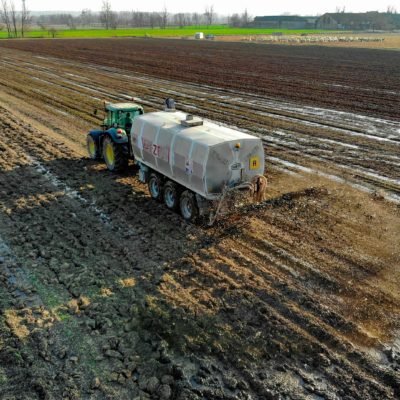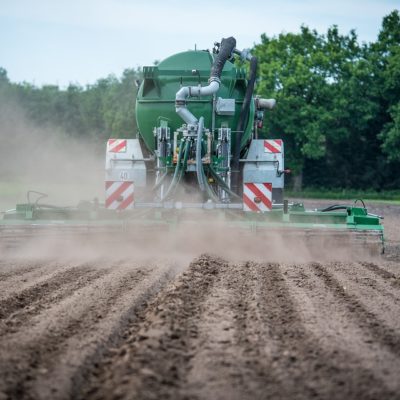We often hear that someone has a low salt fertilizer that is liquid. Many people associate salt with table salt. However, we know fertilizers do not contain sodium chloride. So what is a liquid fertilizer low in salt and what implications does that have?
Defining Salt
Let’s start by defining salt. A salt is a combination of a base and an acid. So in fact, any inorganic compound is a salt if you have an acid, such as muriatic acid and a base, such as lye. These two items combined form sodium chloride or “salt”. However any combination is a salt. So, combining anhydrous ammonia (a base) with phosphoric acid (an acid) forms ammonium phosphate, which is a salt.
All fertilizer products normally sold are salts, including dry or liquid fertilizers. The exception to the rule is anhydrous ammonia (NH3), which is a base only. Therefore, a low salt fertilizer means the product contains less plant nutrients and more water.
Where does the idea come from that a liquid fertilizer may have low salt?
I think some people relate salt to common table salt, sodium chloride. Of course, fertilizers do not contain sodium chloride. A fertilizer that contains chloride is 0-0-60 or potassium chloride, a salt compound that is no different than other fertilizer compounds.
Why do some people promote low salt fertilizer?
In many cases farmers are placing fertilizer in the seed row at planting time. Germination can be delayed or stopped if too much fertilizer is placed with the seed. It is interesting to note, that the phosphorous in fertilizer does not affect germination significantly. Nitrogen and potassium are the nutrients that most impact germination. The maximum amount of N and K2O that can be placed with the corn seed in 30 inch rows is 8 lbs/acre for silty soils and 5 lbs/acre for sandy soils. For grain sorghum I suggest reducing the amount to half that of corn. Do not place fertilizer with soybean seed.
I have not mentioned other plant nutrients. Thiosulfate should not be placed with the seed. The thiosulfate compounds are ammonium thiosulfate (12-0-0-26) and potassium thiosulfate (0-0-25-17). Never apply these compounds with the seed. It is too risky for the possible benefits received.
Micronutrients such as zinc or manganese may be applies in the seed row in combination with polyphosphate. Do not mix more than 1 lb or zinc and/or manganese with 30lbs. of P205 (7 gallons of 10-34-0).
Fertilizers placed with the seed are more problematic during dry periods than during adequate moisture periods, thus possibly creating more problems during dry years.
Originally printed in the July 2006 Ward Letter.




